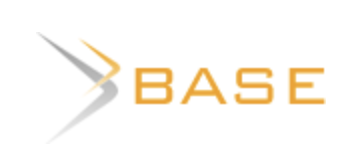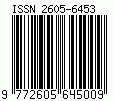IMPACT OF DEFAULT RATE ON THE NET OPERATING PROFIT OF BANKS IN THE DEMOCRATIC REPUBLIC OF CONGO
Keywords:
Credit risk, Bankruptcy, Default rate, Net operating income, BankAbstract
The objective of this article is to determine the default rate of banks and to assess the impact of the latter on the net operating income. Theoretically, the authors MODIGLIANI and MILLER on the one hand and CALEM and ROB on the other hand, maintain that there is an indisputable nature of the need for an adequacy between capital and risk of bankruptcy.
The granting of credits is the main function of banks on the one hand and the non-repayment of these credits is the most important risk incurred on the other hand. The banking business is strongly characterized by the risk of default, because the loans granted to borrowers are not all recovered. This risk can be measured by the default rate determined by the ratio between the bad credit and the gross credit granted by the banking institution. The maximum acceptable threshold being 5%, only RAWBANK and SOFIBANK met this criterion.
Our results revealed that more than half of the banks under analysis run enormous default risks that could lead them to default. In addition, the default rate (TD) would have a direct influence on the bank's net operating income (RNE).
Downloads
Downloads
Published
How to Cite
Issue
Section
License
Copyright (c) 2022 Jiguelle MATUMUENI NSONA

This work is licensed under a Creative Commons Attribution-NonCommercial-NoDerivatives 4.0 International License.















